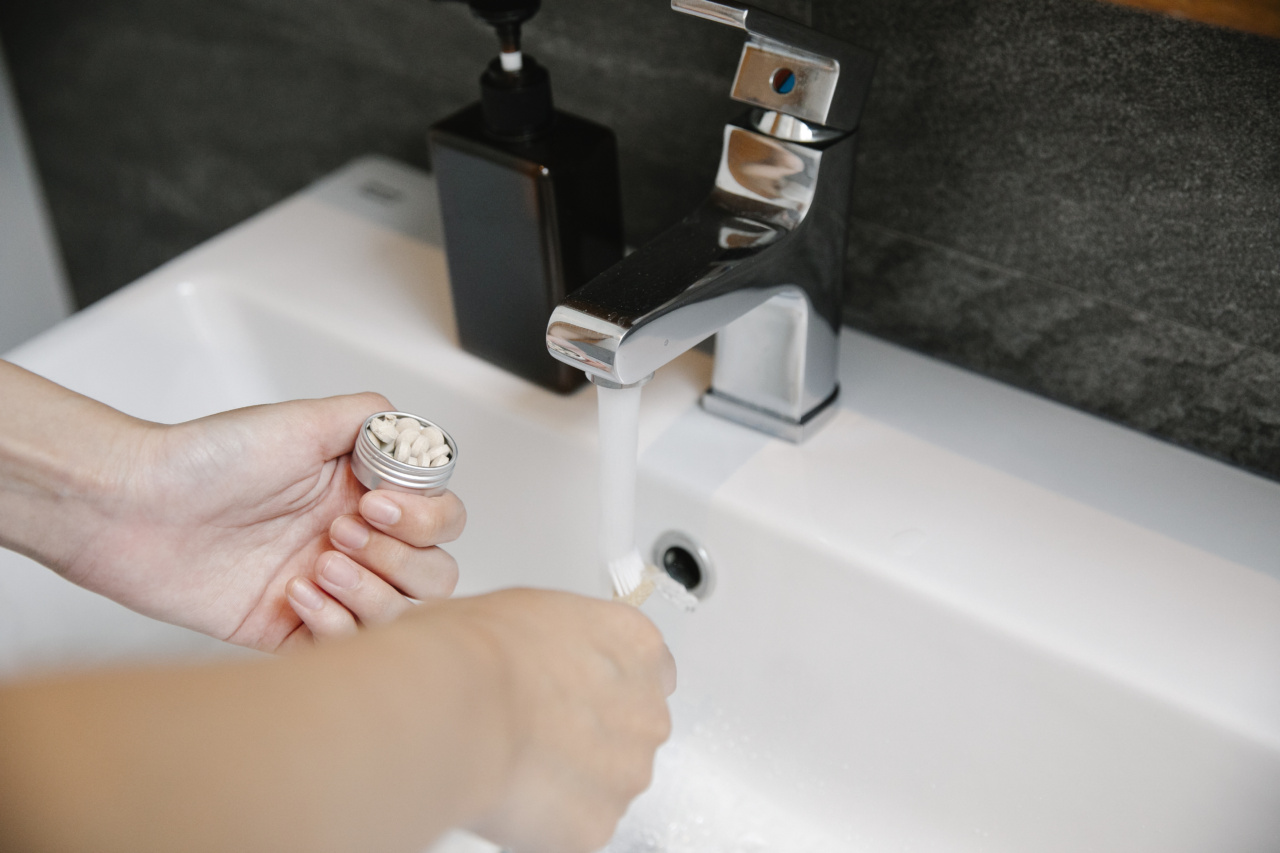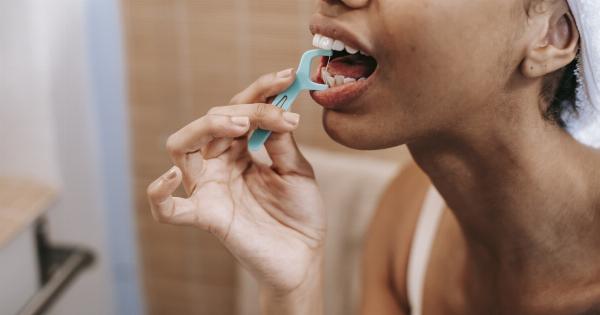Oral hygiene is an essential part of maintaining good health. Brushing your teeth twice a day and visiting the dentist regularly are crucial steps that everyone should take.
However, there is one aspect of oral hygiene that often gets overlooked: dental flossing.
What is Dental Floss?
Dental floss is a thin, flexible thread or string that is used to remove food particles and plaque from between teeth and gums. Flossing helps to prevent gum disease and tooth decay by reaching areas that your toothbrush can’t.
Types of Dental Floss
There are different types of dental floss available in the market. Nylon floss is the most popular type of floss and is widely used due to its affordability and effectiveness.
Apart from nylon floss, there are other types, such as monofilament floss, ribbon floss, and flavored floss.
Benefits of Dental Flossing
Dental flossing has several benefits, some of which are as follows:.
1. Removes Plaque
Dental flossing helps to remove plaque from between your teeth and gums. Plaque is a sticky film that contains bacteria and can cause gum disease and tooth decay. Flossing helps to prevent the buildup of plaque, which can lead to serious dental problems.
2. Prevents Gum Disease
Gum disease is a serious condition that can lead to teeth loss if left untreated. Flossing helps to remove food particles and plaque from between teeth and gums, preventing the buildup of harmful bacteria that can cause gum disease.
3. Keeps Your Breath Fresh
Dental flossing helps to remove food particles and plaque from between teeth and gums, preventing bad breath. Food particles and bacteria can cause bad breath if left unaddressed. Flossing helps to keep your breath fresh and healthy.
4. Helps to maintain Oral Health
Good oral health is necessary for overall health. Dental flossing is an important part of maintaining healthy teeth and gums.
Flossing helps to remove food particles and plaque from between teeth and gums, preventing tooth decay, gum disease, and other dental problems.
5. Saves You Money
Preventing dental problems early on can save you a lot of money in the long run. Dental procedures can be expensive, and the cost can add up quickly.
Flossing helps to prevent dental problems, saving you money on expensive dental procedures in the future.
How to Floss Your Teeth?
Flossing is a simple process that can be done in just a few minutes a day. Here’s how to floss your teeth:.
1. Take enough floss
Take around 18 inches of dental floss and wrap it around each middle finger, leaving a few inches of floss in between.
2. Slide the floss
Slide the floss in between your teeth using a back-and-forth motion.
3. Sweep the floss
Sweep the floss up and down around the base of each tooth. Be careful not to force the floss or snap it into your gums.
4. Repeat
Repeat the process for each tooth, using a clean section of floss for each space.
Conclusion
Dental flossing may seem like a small thing, but it has a significant impact on your oral health. By flossing regularly, you can prevent dental problems such as gum disease and tooth decay, saving you money in the long run.
Make dental flossing a part of your daily oral hygiene routine, and you’ll reap the benefits of good oral health.





























